Belfast is one of the most controversial cities in Western Europe. Despite the fact that it is located in a prosperous and developed country, such passions raged here throughout the 20th century that in the UK this period is called "The Troubles" (big problems). But cruel confrontations and conflicts seem to be in the past, and only the famous Walls of the World remind of troubled times.
Today Belfast is the gateway to the Northern Ireland countryside. The city itself, after the settlement of contradictions, gradually turned into an attractive tourist center. There are picturesque temples and palaces, interesting museums, theaters, the famous "Big Fish" and many other iconic places.
What to see and where to go in Belfast?
The most interesting and beautiful places for walking. Photos and a short description.
- Town hall
- Stormont Parliament Building
- Belfast Castle
- Crumlin Road Jail
- St. George's Market
- Queens University
- Titanic Belfast
- Nomadic and Caroline
- Ulster Museum
- Linen Hall Library
- Waterfront hall
- Grand Opera
- Lyric theater
- St. Anne's Cathedral
- Church of Saint Malachy
- Big fish
- Albert Memorial Clock
- Walls of the world
- Botanical Garden
- Cave Hill Country Park
town hall
The town hall building was built in the classical Renaissance style at the beginning of the 19th century. Its facades are decorated with columns and "Roman" porticoes, symmetrical towers are located along the edges. The central copper dome complements the architectural appearance of the grandiose building. The facade and vestibules of the building are finished with marble. The stained glass windows along the stairs depict the most significant events in the history of Ireland.

Stormont Parliament Building
An austere neoclassical building built in 1932 for the Parliament of Northern Ireland. It is characterized by simplicity of forms, conciseness of the facade and the absence of pretentious decorative details. The legislature was dissolved in the 60s, since then the British administration has been sitting in Stormont. At the moment, free access to the territory of the former parliament building is not possible.
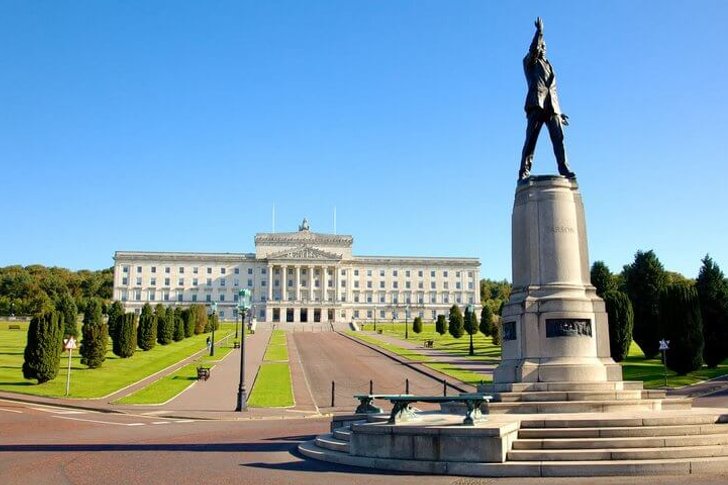
Belfast Castle
An elegant castle in the "Norman" style, built at the end of the 19th century. In the 12th century, there really was an ancient castle in this place, but it turned into ruins. Even before the period of the Anglo-Norman conquests, there were settlements of the ancient Celts on the site of Belfast Castle. The modern building is surrounded by the Cat Garden, which has several sculptures of these amazing animals.
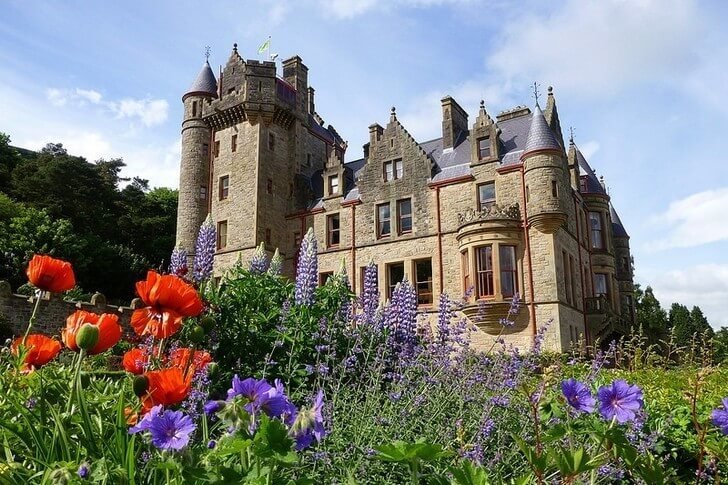
Crumlin Road Jail
The prison functioned in the period 1845-1996. It housed prisoners sentenced to death. After closing, the prison began to work as a museum. It is believed that ghosts live on the territory of Crumlin Road, sometimes they are even searched for with the help of special equipment. During the tour, visitors are shown gloomy corridors, eerie solitary confinement, and a death row execution room.

St. George's Market
The market is considered one of the best in the UK. It began its work at the end of the 19th century and since then has gained fame as a place where you can buy products of the best quality. The market offers a huge range of locally produced goods. On Saturdays, you can buy souvenirs and delicacies from different parts of the world. On Sunday, the market space turns into an exhibition of paintings and crafts by local artisans.
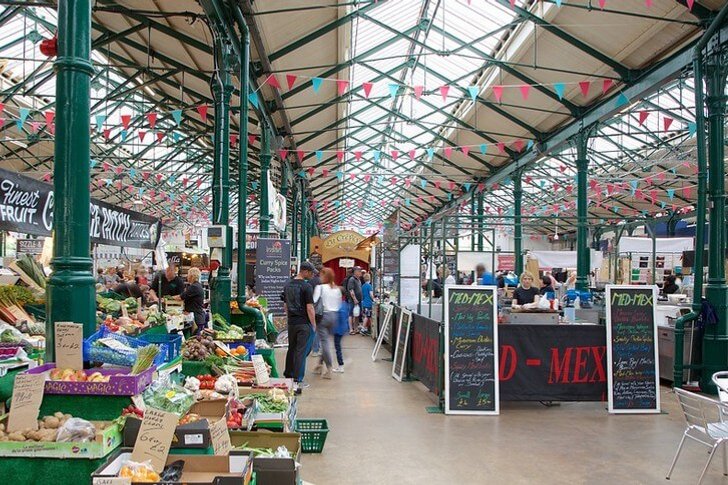
Queens University
State educational institution founded in the 19th century. The main building of the University is located in the picturesque building of Lanyon (the architect of the building) on University Road. The building is built of red brick in a mixed style. On the facade you can see elements of modern and neo-Gothic. Wide stained-glass windows look especially elegant, more typical for Catholic churches than for civil buildings.
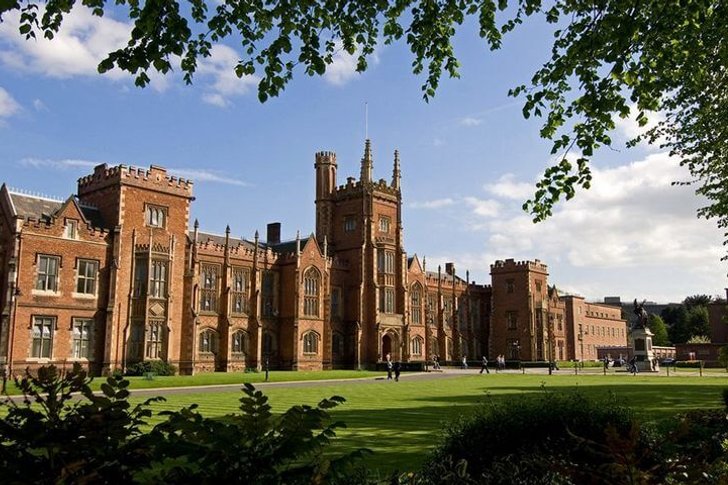
Titanic Belfast
The infamous transatlantic liner Titanic was built in the shipyards of Belfast. Now on this site is the modern building of the museum-monument Titanic-Belfast. The structure was built by 2012 - just in time for the 100th anniversary of the shipwreck. The museum exposition is devoted to the history of shipbuilding in Belfast, as well as all aspects related to the creation, sailing and death of the Titanic.

Nomadic and Caroline
Nomadic is a 1911 ship that delivered first and second class passengers aboard the Titanic. Until 2006, it was used in Paris as a floating restaurant, but then it was bought back to Belfast. The Caroline is a 1914 cruise ship that was used as the headquarters of the Royal Navy during the First and Second World Wars. Now both ships are open to visitors and work as museums.
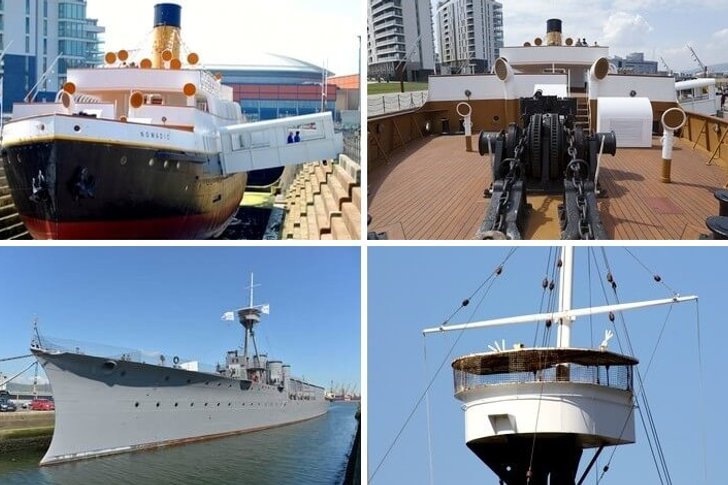
Ulster Museum
The largest museum in Northern Ireland, covering an area of 8,000 m². It was formed under the city's Natural History Society in the 19th century. The Ulster Museum exhibits a natural science collection that tells about the biological, ethnographic and archaeological development of the territory on which Ireland is located. Also in the museum there are many objects of applied art.
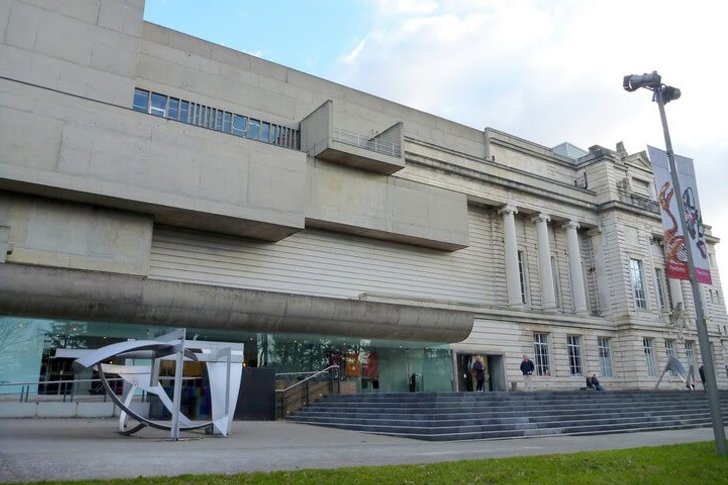
Linen Hall Library
The history of the library began in the 18th century. Since then, the book collection has changed location several times until it settled in a house on the embankment. The library collection is the largest in Ireland, it houses many rare editions and rare copies. In the last few years, the building has been reconstructed and the library funds have been substantially replenished.
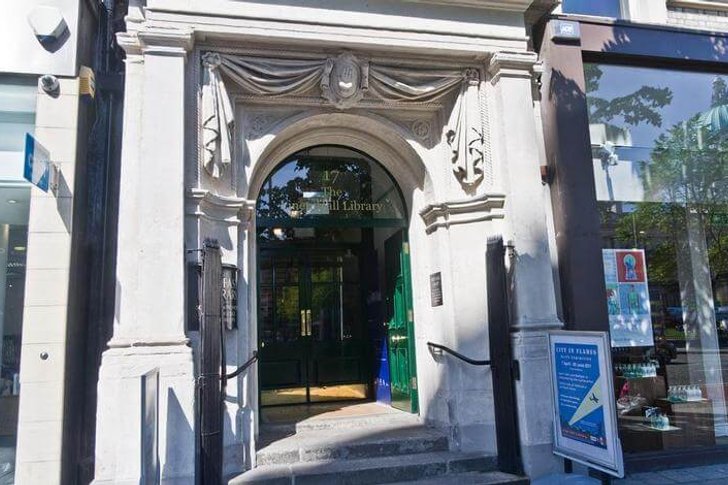
waterfront hall
Multifunctional center, opened in 1997. Its main hall is designed for 2250 people, the small hall - for 380. Theatrical performances, musicals, operas, concerts, holiday shows are often given on the territory of the Waterfront Hall. The venues are also used for music competitions to search for talents. The building has several bars and a restaurant where visitors can go between performances.
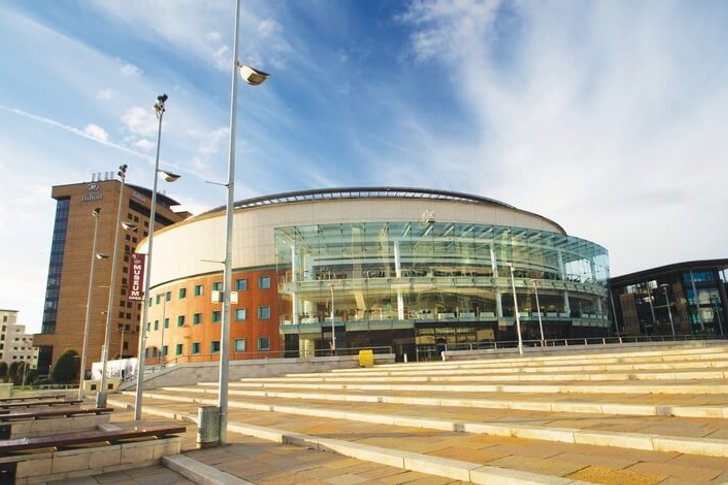
Grand Opera
The opera building was built by F. Mitcham at the beginning of the 20th century. The architect was fond of oriental styles in construction, so the opera building turned out to be very unusual and stand out against the general background. In the period 1949-1970, the city cinema was located here. The opera stage started working again after reconstruction in 1980. In 2006, another reconstruction was carried out, as a result of which a small hall appeared, and the capacity of the theater increased.
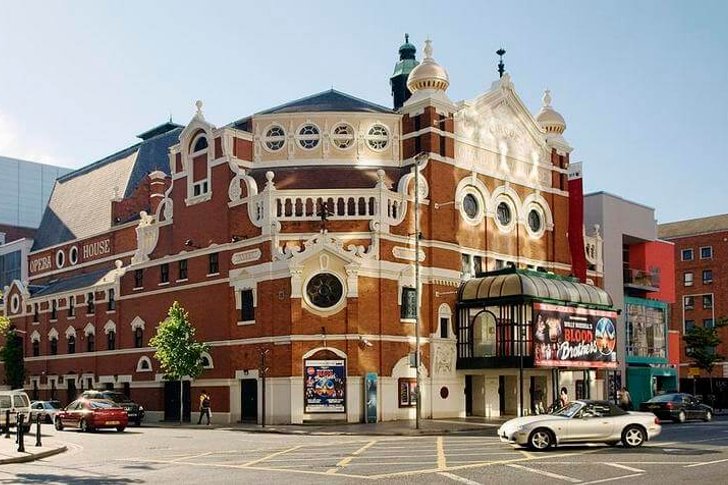
Lyric theater
The modern theater building was designed by famous masters D. Toomey and S. O’ Donnell. The architectural style of the building is a mixture of postmodern and futuristic elements. The new building was built on the site of the old theater in 2011. In 2012, Queen Elizabeth II visited the facility to shake hands with a former Irish Republican Army (IRA) commander.
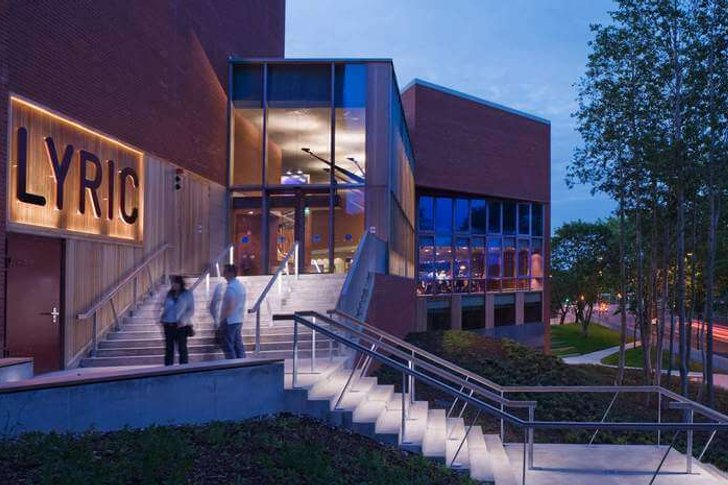
St. Anne's Cathedral
Temple of the 19th-20th centuries, built with a reference to the medieval Romanesque style. Construction lasted more than 80 years, the cathedral was opened only in 1981. The floor of the building is covered with black and white marble, the pillars of the nave are decorated with carvings depicting the past of Belfast, the baptistery of the cathedral is lined with skillful mosaics of colored glass, which the craftsmen worked on for seven years.
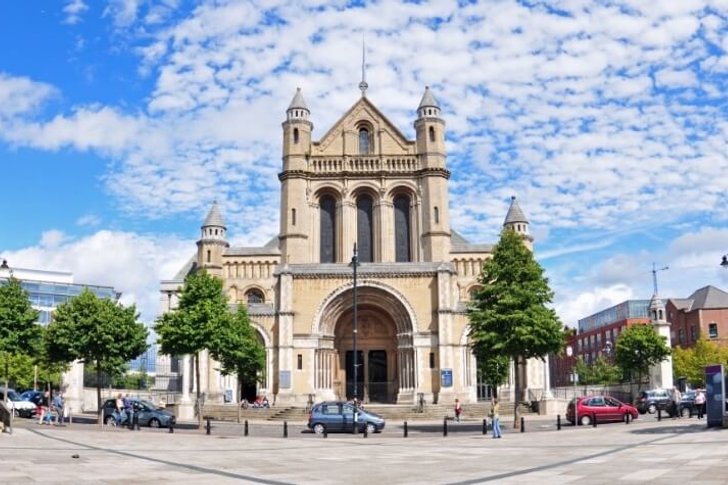
Church of Saint Malachy
The temple is one of the most revered in Northern Ireland. It is one of the three main churches in the region. The building was erected in 1866. The original pulpit, altar and window frames were made of Irish oak, but over time the decayed wood was replaced with marble and other, more durable materials. The church facade is built of red brick. As it turned out later, the brick turned out to be not a very durable material, so the walls are gradually being destroyed.
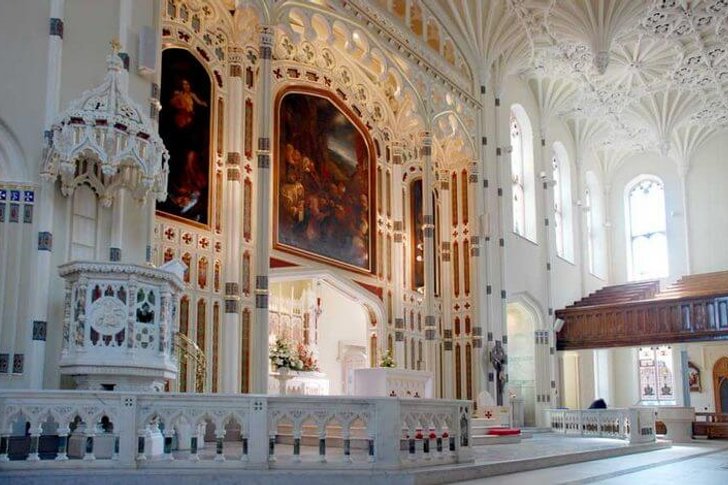
Big fish
The sculpture is a symbol of Belfast, created by master D. Kindness in 1999. In his unusual creation, the sculptor wanted to capture the history of the city. The body of a 10-meter fish is lined with ceramic tiles, on which brief historical information about various events is applied. It is believed that a message to future generations is stored inside the structure. The Big Fish is one of Belfast's most popular attractions.
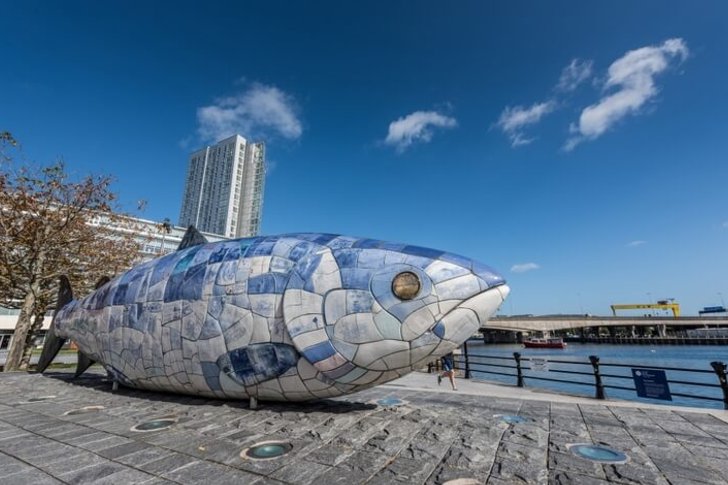
Albert Memorial Clock
The clock face is located on the Albert Tower, built by order of Queen Victoria in the second half of the 19th century. The building is a commemorative memorial dedicated to Her Majesty's husband, Prince Albert. The dial design of the tower clock is exactly reminiscent of London's Big Ben. Due to the unstable foundation, the tower tilted slightly to the side over time, like the Leaning Tower of Pisa.

Walls of the world
The history of the confrontation between the British and the Irish began several centuries ago. More than once disagreements resulted in local wars and conflicts. In the 20th century, real wars were fought on the streets of Belfast, Derry and some other cities, so in the 70s. the authorities were forced to build a wall to separate the Irish quarters from the Scottish and English. The wall is decorated with numerous graffiti depicting scenes of the Irish struggle for independence.

Botanical Garden
The garden is located in the south of Belfast, it was founded in the 30s. XIX century as a result of the increased public interest in botany. At first, only exotic plants were planted in it, but species from other climatic zones gradually appeared. Nowadays, the garden is a popular venue for festivals, concerts and other social events. Students love to relax here, as the university is located nearby.
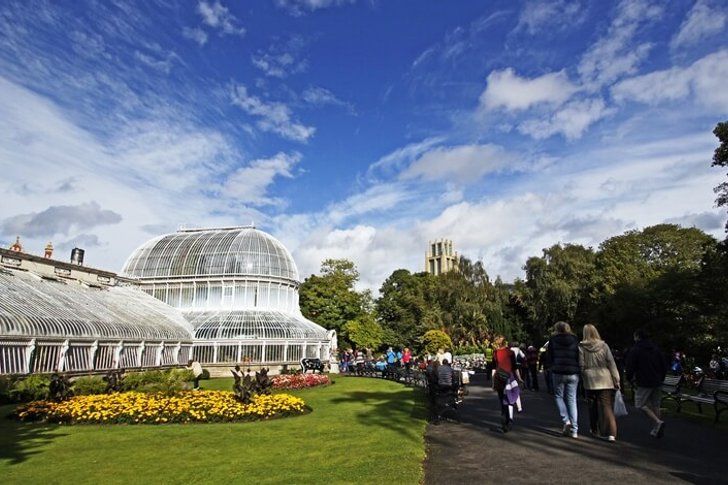
Cave Hill Country Park
A picturesque natural park located on the slopes of Cave Hill. Some of its territories are protected areas, so the passage of tourists is limited. In the public part of the park, there are many hiking trails that are quite suitable for long walks and enjoying the beauty of nature. From the top of Cave Hill you can admire the panorama of Belfast. Entrance to the territory of the Country Park is free.
